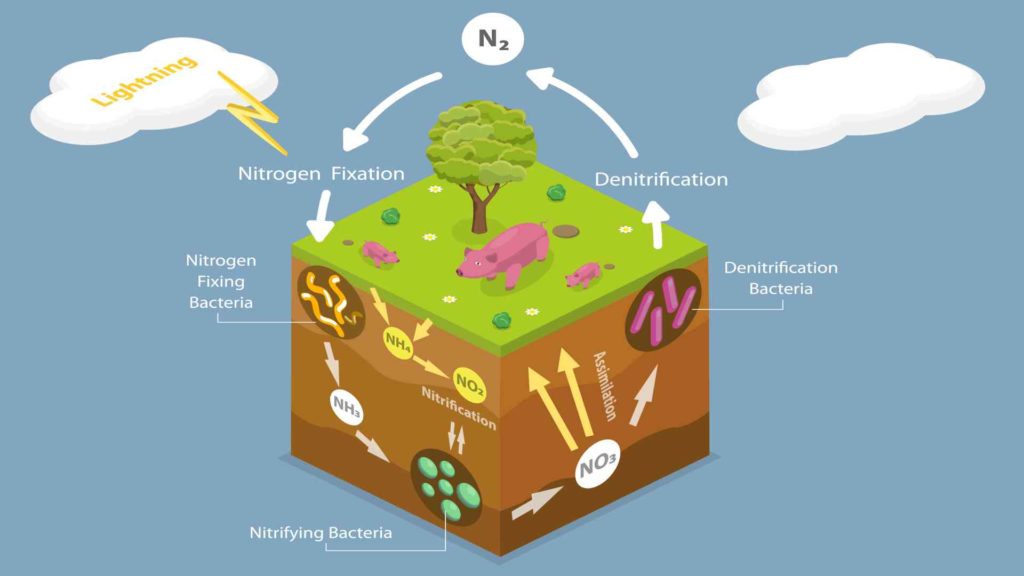5 Innovations that Use Boron to Combat Global Warming
Global warming needs boron as a key element to combat detrimental effects on the climate. It is an essential component of solar panels and wind turbines, and it can be used to manufacture highly efficient batteries capable of storing large amounts of energy. Boron is also required to produce concrete, which is necessary for constructing renewable energy infrastructure.

Global warming
Technologies to Combat Global Warming
The world is on the cusp of an energy crisis. Energy demand is rising at an alarming rate, while fossil fuel supply is rapidly decreasing. As a result, the energy price has skyrocketed, and the world is now experiencing significant blackouts and widespread economic collapse.
These five technologies are intended to assist us in combating the most severe issue we encounter as a species: global warming.
Solar Canals
Solar canals are a type of solar panel currently being developed in California, USA. These panels are designed to be installed above the water distribution canals, where they can benefit from the dry air to increase evaporation and generate more power.
This is a significant advancement for a state that frequently faces water shortages.
In a 2021 research project, University of California engineering professor Roger Bales demonstrated that protecting all 4,000 miles of California’s canals to solar panels would help conserve over 65 billion gallons of water yearly by limiting evaporation.
That is sufficient to irrigate 50,000 acres of agricultural land or supply over 2 million people with residential water requirements.
The solar canals could also generate more renewable energy, whose efficiency can be increased by using an environmentally friendly element, boron, which is a key component in combating global warming.
Boron also serves as an antireflection coating on the surface of photovoltaic cells, enhancing the reflectivity of solar panels.
Geothermal Power
With batteries being important components for renewable energy to fight against global warming, there’s a major issue with the distribution chain. Most of today’s electric vehicles and utility-scale storage utilize lithium-ion batteries. Most of the lithium used in the United States arrives from Chile, Argentina, Chile, Russia, and China.
The geothermal brine in California’s Salton Sea is a major advancement for the renewable energy sector, reducing reliance on foreign lithium sources and creating a sustainable supply chain. Brines are the liquid that remains in a geothermal plant once the heat and steam generate power.
This liquid contains lithium, manganese, zinc, and boron. It is usually pumped deeper underground; however, the materials can be filtered out.
President Joe Biden, on March 31, 2022, initiated the Defense Production Act to improve domestic producers of critical minerals. The act encourages companies in the United States to mine and processes more lithium, boron, and other metals used in batteries.
Carbon Capture Technology
One way to remove carbon dioxide from the atmosphere is through direct air capture, which involves using various methods to collect and store the gas from power plants and other industrial facilities.
Carbon capture technology can help lower CO2 emissions by capturing them before they are emitted into the atmosphere. The captured CO2 can then be safely stored underground, which will help control global warming.
Boron-based adsorbents are being developed for use in carbon capture systems. These adsorbents bind with carbon dioxide molecules, preventing them from escaping into the atmosphere. The boron-based adsorbents are highly efficient at capturing carbon dioxide due to their high thermal stability.
Electric Vehicles to Power Home Appliances
As we move towards a more sustainable future, electric vehicles are becoming increasingly popular. And boron is playing a big role in making this happen.
Boron is a key component in producing lithium-ion batteries, which are essential for electric vehicles.
It is also used to produce high-strength steel used in constructing electric vehicle components. High-strength steel is extremely strong and durable and can withstand the high temperatures generated during operation.
Electric vehicles not reduce global warming but can also save money on fuel costs. And as EV technology continues to advance, more and more people are looking into using electric vehicles to power their homes with the help of batteries. These batteries may soon transform an electric vehicle into a massive mobile battery able to power an entire home.
Green Hydrogen and Boron as Energy Storage Materials
While moving away from fossil fuels and towards renewable energy, new challenges arise regarding energy storage. Green hydrogen can play a crucial role in solving this problem.
It is a clean and versatile energy carrier that can be used to store excess renewable energy and then converted back into electricity when needed. It is generated through electrolysis, which splits water molecules into hydrogen and oxygen using energy produced by renewable sources such as solar or wind.
Boron-based materials are also being investigated as potential energy storage devices due to their high capacity for storing electrical charge.
These materials could be used to create supercapacitors that could store large amounts of energy and discharge it quickly, making them ideal for use in electric vehicles or other applications requiring quick power bursts.




